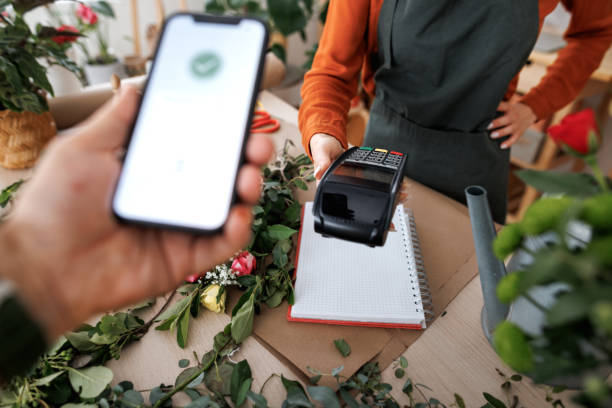Near Field Communication (NFC) has become a pivotal technology in today’s digital landscape, providing consumers and businesses with seamless connectivity. In this article, we will explore the multiple roles NFC plays in everyday technology, from mobile payments to smart home automation.
Understanding NFC Technology

NFC is a wireless communication technology that enables data exchange between devices over short distances, typically less than 4 centimeters. It builds on radio-frequency identification (RFID) by allowing two-way communication. This proximity-based interaction has found its way into numerous applications, making tasks more efficient and secure. Due to its easy implementation and low energy consumption, NFC has quickly become a preferred choice for many technological needs.
NFC in Mobile Payments
One of the most prominent uses of NFC is in mobile payment systems. Services like Apple Pay, Google Wallet, and Samsung Pay leverage NFC to enable quick and secure transactions. By simply tapping their smartphones or smartwatches against an NFC-enabled terminal, consumers can complete purchases without needing physical cash or cards. This convenience not only speeds up the transaction process but also enhances security by using tokenization, which encrypts payment information.
Advantages of NFC Payments
- Convenience: No need to carry physical cards or cash.
- Security: Tokenization encrypts the transaction details.
- Speed: Transactions are completed quickly with a tap.
With these advantages, it’s no surprise that NFC-based payment methods are rapidly becoming the norm in many parts of the world.
NFC and Public Transport
NFC technology has also revolutionized how we interact with public transport systems. Many cities now use NFC-enabled cards and mobile apps for fare collection, reducing the need for physical tickets and making the entire process more efficient. These systems allow for quick entry and exit, reducing congestion and improving the overall user experience. Additionally, real-time updates on service availability can be communicated directly to the user’s device.
NFC in Smart Home Devices
NFC is increasingly being integrated into smart home devices, enabling easier setup and streamlined operations. For instance, an NFC-enabled smart lock can be unlocked through a simple tap of a smartphone, offering an additional layer of security. Similarly, NFC can be used to control other smart appliances, such as lights and thermostats, by embedding NFC tags that communicate with smart home hubs.
The Future of NFC Technology
The future of NFC technology holds even more promise as it expands into new domains. For example, healthcare could greatly benefit from NFC in the form of medical records that can be easily accessed on-the-go, ensuring better coordination and faster response times during emergencies. Additionally, NFC-enabled wearables could monitor vital signs and automatically relay information to healthcare providers.
Conclusion
In conclusion, NFC technology has seamlessly integrated into various aspects of everyday life, enhancing convenience, security, and efficiency. From mobile payments and public transport to smart home automation, NFC continues to revolutionize how we interact with technology. As the technology evolves, its potential applications will undoubtedly expand, further embedding NFC into the fabric of our daily experiences.
FAQs
What is NFC?
NFC stands for Near Field Communication, a type of wireless communication technology that allows data exchange between devices over short distances.
How does NFC work in mobile payments?
NFC in mobile payments works by allowing a smartphone or smartwatch to communicate with a payment terminal through tokenization, which encrypts the payment information for a secure transaction.
Can NFC be used in public transportation?
Yes, NFC technology is widely used in public transportation systems for fare collection and provides efficiency and convenience by reducing the need for physical tickets.
What are some applications of NFC in smart homes?
NFC is used in smart homes for a variety of applications, such as unlocking smart locks with a smartphone and controlling appliances like lights and thermostats using NFC tags.
What is the future potential of NFC technology?
The future of NFC technology is promising, with potential applications in fields such as healthcare, where it could enable easy access to medical records and facilitate real-time monitoring via wearables.
